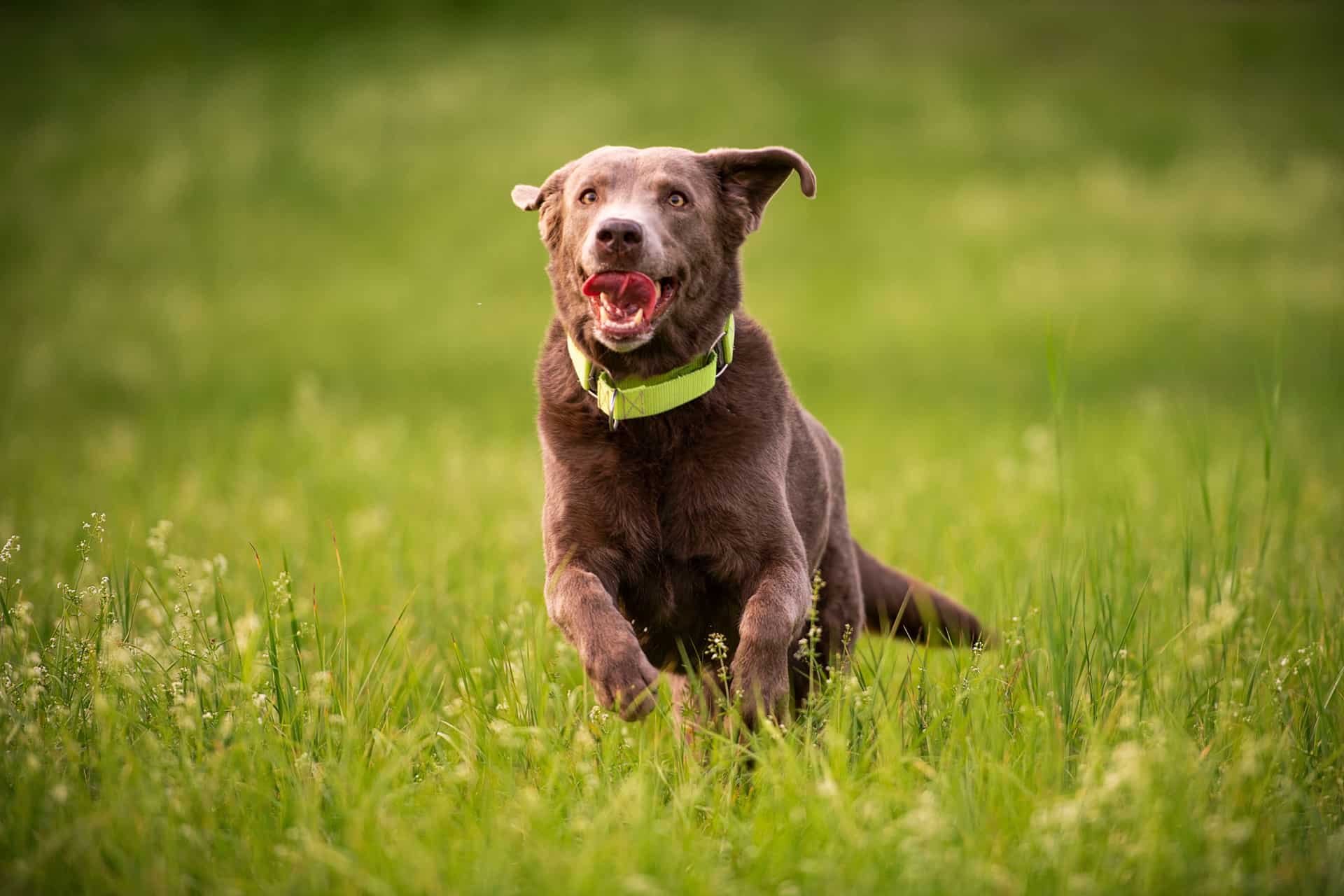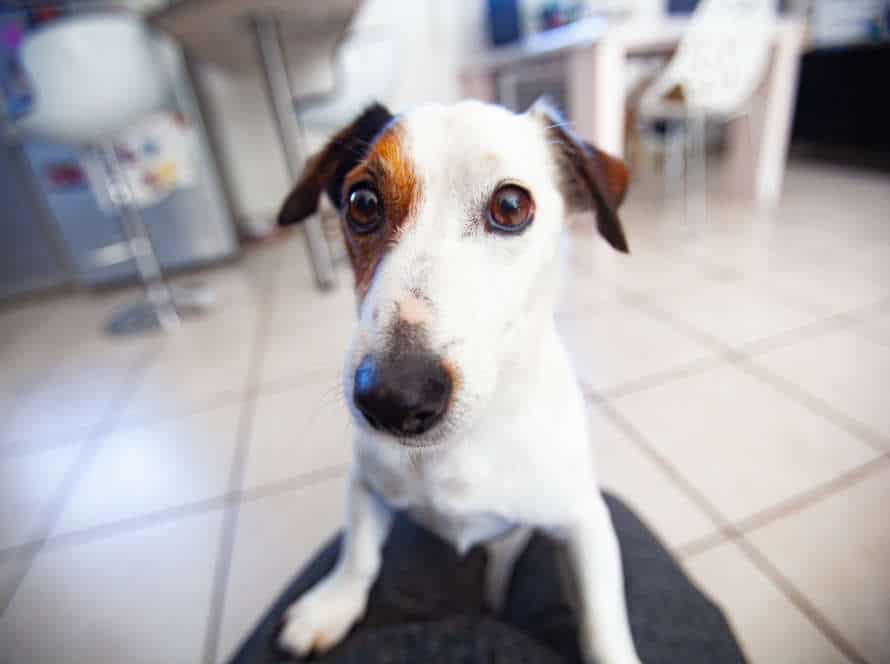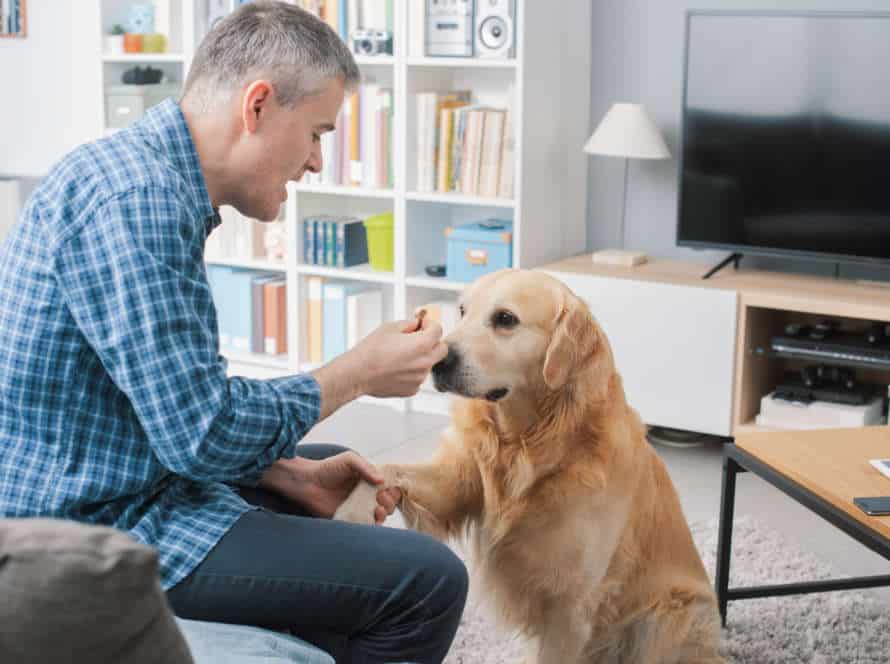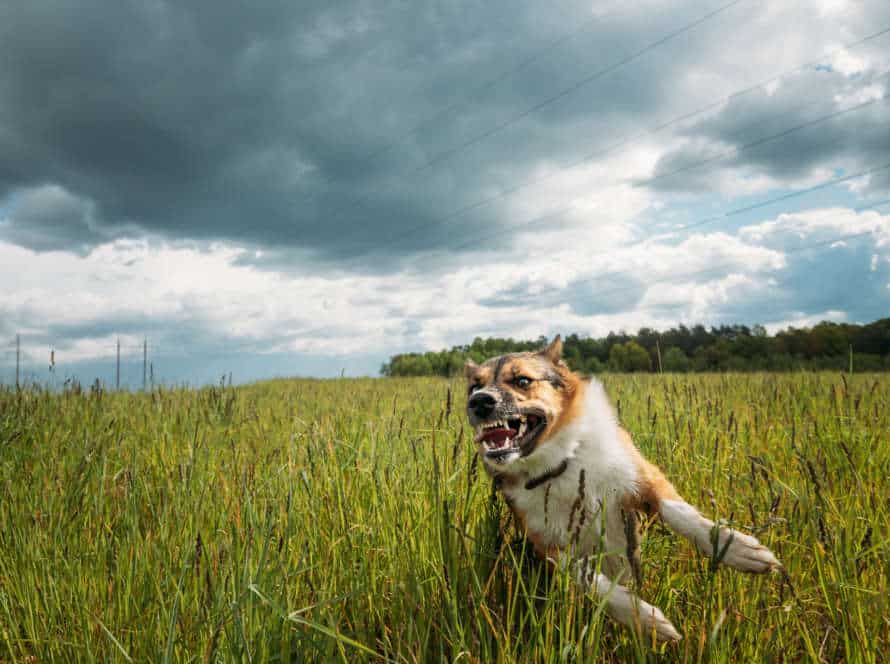The Benefits of Crate Training for Jumping on Guests
Sure, here is the text with a new sub-heading:
##Submarine Cables: The Foundation of Global Communications
Submarine cables are the backbone of global communications, with over 99% of all international data transmitted through them. These underwater cables span across the world’s oceans, connecting countries and continents in a vast network of telecommunication. The first transatlantic cable was laid in 1858, connecting North America and Europe, and today there are over 400 submarine cables in operation, with a total length of almost 1.3 million kilometers. The cables are essential for transmitting everything from phone calls and text messages to internet search queries and online purchases, and they play a critical role in shaping our modern world.
Advantages of Crate Training for Jumping on Guests
Crate training can be a fantastic tool to stop your pup from jumping on guests. It gives them a safe and secure place they can call their own. Plus, it can help teach your pup to control their impulses when people enter. Let’s explore the benefits of crate training to stop jumping on visitors.
Helps prevent possible accidents and injuries
Crate training your pooch may help avoid possible accidents and injuries when they jump onto visitors. Dogs who jump can cause damage and worry, especially in kids or elderly visitors. But, crate training can correct this problem.
Benefits of Crate Training:
- Crates give dogs a safe and secure spot to go to when they’re feeling anxious or overwhelmed.
- Crates can be used as a training tool to teach your pup boundaries and commands.
- Crates can help stop destructive chewing and other bad behaviour.
- Crating your pup during mealtimes can stop begging behaviour.
Remember to do crate training the right way and kindly for both the pup and the owner. Pro Tip: Gradually introduce the crate with their favourite snacks and playthings to form a positive relationship with the crate.
Helps maintain orderliness and discipline
Crate training can help with order and discipline for your pet- particularly if they have a habit of jumping on guests. It provides a secure and comfy space. Here are the advantages:
- Gives them a safe space when unsupervised, to prevent jumping.
- Helps with house training and creating a routine, reducing accidents.
- Gives them independence and security, promoting positive behaviour.
- Encourages discipline and good behaviour, making them more obedient.
In conclusion, crate training is great for creating a calm home and keeping your pet healthy and content.
Creates positive associations with the crate
Crate-training your dog is the way to go to give them positive connections with the crate. Plus, it stops them from jumping on guests, and gives them a snug and cozy space. Here are the benefits of crate-training for stopping jumping on guests:
- Safety & Comfort: Crate-training your pup gives them a safe and secure atmosphere, especially when you have visitors. No more running around and getting injured trying to jump on guests!
- Less Stress for Guests: Crate-training your doggo makes it easier on your visitors, too. With fewer attention-seeking behaviors or jumping, they’ll feel respected and can enjoy their time.
- Effective Training: Crate-training sets boundaries for your pup. They’ll understand that jumping on guests or any visitors isn’t acceptable. This helps create better communication and training techniques.
Pro Tip: Put the crate somewhere the dog can see and hear family activities, so they aren’t alone. Increase the crate intervals for longer periods, gradually. Consistency and positive encouragement of good behavior is essential for success!
Steps to Follow for Effective Crate Training to Prevent Jumping on Guests
Crate training is awesome! It helps your pup learn proper behavior, and also stops them from jumping on guests. You can do this by creating a safe and comfy environment for your pup. Set up a crate, position it right, and understand how to use it.
For effective crate training, here are the steps you should take:
- Prevent your puppy from jumping on visitors!
Selecting the crate – size matters
Crate training is important to prevent jumping on visitors. The right-sized crate is vital. It must be big enough for your pup to stand, turn and lie down comfortably.
Follow these steps:
- Measure your dog’s height and length. Pick a crate accordingly.
- Put the crate in a quiet corner of your house.
- Introduce your pup to the crate by putting treats/toys inside.
- Increase the time in the crate, starting short and increasing gradually.
- Reward and praise when your pup enters or stays calm inside.
Crate training is an effective way to stop jumping on guests. It also gives your pup their own secure space.
Introduce the crate – create a positive association
Introducing your pet to the crate is key for crate-training success and stopping jumping on guests. Here’s how:
- Put the crate in a main spot in your house.
- Let your pet explore it on their own, with the door open.
- Put tasty treats, toys and comfy bedding inside to encourage entry.
- When your pet is comfortable, start closing the door for short durations.
- Slowly increase the time with the door closed. Give treats and praise for good behavior.
Crate-training helps stop jumping on guests by giving a secure space to rest and relax. Plus, a well-trained pet is more self-assured and less likely to show nervous or disruptive behavior with guests. Pro tip: Be patient and consistent, and always reward good behavior with treats and praise.
Use commands and rewards to encourage use
Crate training is a great way to stop your pup from jumping on visitors. Teaching them commands and giving rewards can help train them to go to the crate and stay relaxed around others. Here are 5 steps to successful crate training:
- Introduce your dog to the crate in a fun way by adding treats and toys.
- Use commands like “go to your crate” or “kennel up” to get them to go inside.
- Reward them for entering and staying in the crate with treats.
- Increase the time they spend in the crate, as well as practice leaving the room while they’re in it.
- With guests over, reward them for being calm in the crate.
Crate training offers plenty of benefits; it gives them a safe place, stops them from wrecking things, and helps with house training. Remember – consistency and positive reinforcement are key here!
Gradually increase time in the crate
Crate train your dog to stop them from jumping on visitors. Make it easier by increasing their crate time gradually. Here are the steps:
- Choose a crate that is the right size for your pup. Let them stand, turn and lie down easily.
- Introduce the crate with treats and praise. Start with a short period and build up.
- Make the crate a cozy hub. Add a bed, toys and water.
- Utilize it routinely at meal times and overnights. This will not only prevent jumping, but also make a safe haven for your pup when you’re away.
Ignore whining and barking
Crate training is a great way to stop your pup from jumping up on visitors. To do it right, you must learn the steps. Here they are:
- Pick a crate that’s the right size and put it in a spot where your dog can watch you.
- Encourage your furry friend to go in the crate by adding treats or toys.
- The second your pup is inside, give them praise and a reward.
- Increase the amount of time your dog spends in the crate. Start with a few minutes and work your way up.
- When your pup is whining or barking, ignore them. Let them out when they settle down.
Crate training has multiple benefits. It stops your pup from jumping on people and gives them a safe spot.
Tips and Tricks to Help Your Dog Adjust to Crate Training
Crate training can be a great help for your pup. It gives them a safe place to go when feeling overwhelmed. You can provide them with a comfy and secure environment and teach them proper behaviour. Here are some tips and tricks to introduce your dog to crate training:
- Start gradually by introducing your pup to the crate and letting them sniff around and explore it.
- Place a treat or toy inside the crate to encourage your dog to go inside.
- Once they feel comfortable going in, start closing the door for short periods of time.
- Gradually increase the time they spend inside the crate, but never leave them in there for too long.
- Use positive reinforcement by giving treats and praise when your pup behaves well inside the crate.
Plus, you’ll get to enjoy the benefits it offers such as a calmer and more well-behaved dog, and peace of mind knowing they have a safe space to retreat to when needed.
Start crate training slowly
Crate training is a great way to manage your pup’s behavior. But make sure to go slow and not overwhelm them! Here are some tips to make it a positive experience:
- Put the crate in a quiet, comfortable spot in your house.
- Leave the door open and put treats, toys, or blankets inside.
- As your dog gets used to going in and out, start feeding them near the crate or even inside.
- Gradually increase the time they spend in the crate. Start with just a few minutes and slowly increase.
- Never use the crate as punishment and never force them in.
Crate training can help stop your pooch from jumping up on guests or hurting themselves when you’re not home. With patience and consistency, your pup will learn to love their crate!
Invest in a comfortable crate pad or bedding
Invest in a cozy crate pad or bedding for your pup. It’s an important part of helping them adjust to crate training. It’ll help keep them from jumping on guests.
Dogs love small, sheltered spaces; they’re natural den animals. Giving them a comfy pad will make them think of their crate as their safe place. Plus, it’ll help reduce stress and keep them sleeping soundly.
When you buy a pad or bedding, think of your pup’s size, breed, and sleep habits. That way, it’ll fit them well and be easy to clean. And, with a welcoming and comfortable environment, your pup can enjoy the benefits of crate training.
Use positive reinforcement techniques
Positive reinforcement is key when crate training your dog. It helps them connect their crate to positive experiences. Here are some tips to help:
- Begin slowly. Put the crate in a neutral spot and let them explore it. Give treats to make it a happy experience.
- Keep it brief. Gradually increase the amount of time your dog spends in their crate, so they feel comfortable and confident when alone.
- Treats. Reward your dog for entering the crate on command and for good behavior.
- Stay Calm. If your pup is having trouble, remain patient and calm. Let them come to the crate when they’re ready.
By using positive reinforcement, your pup will link their crate to a happy and secure place. Plus, you can reduce unwanted behaviors such as jumping on guests.
Make sure the crate is located in a quiet, stress-free space
Crate training your dog can be great for preventing them from jumping on guests. But, it’s important to make sure the crate is in a quiet, chill space. Here are some tips for helping your pup adjust:
- Introduce the crate slowly. Let them explore and get comfy before making them stay inside.
- Make it cozy with a bed, blankets, and their favorite toys.
- Reward them with treats or words of praise when they go inside.
- Put the crate away from loud or stressful areas like near a TV or hectic hallway.
By following these tips, your dog will soon view their crate as a secure, pleasant space. This helps stop them from jumping on guests.
Create a consistent routine for crate training
Crate training can help your pup adjust to their new home. Here are some tips for success:
- Introduce your pup to the crate slowly. Place treats and toys inside and encourage them to explore.
- Feed your pup’s meals in the crate, so they associate it with positive experiences.
- Gradually increase the amount of time your pup spends in the crate – start with 5-10 minutes.
- Let your pup out for daily exercise, playtime and bathroom breaks.
- Establish a routine for crate time, meals and exercise. This helps them feel secure.
Pro tip: Be patient and don’t use the crate as punishment. With consistency and positive reinforcement your pup will love their crate!
Common Mistakes to Avoid when Crate Training to Prevent Jumping
Crate training can be a great way to stop dogs from jumping on visitors when they come in. But, it is vital to sidestep some typical errors when doing crate training. Get it right and you can use crate training to teach your pup the right behaviors. Here are some of the mistakes to avoid for preventing jumping:
Using the crate as punishment
Never use a crate as punishment; it will undo all the positive effects of crate training and harm your pup. Your dog sees their crate as their safe space, so punishing them in it will make them anxious and scared. This can lead to them being reluctant to enter it, which makes training difficult. Also, if your dog jumps on visitors, punishing them won’t help–it may even make them more stressed and cause them to jump more! Instead, focus on positive reinforcement; reward calm behavior with treats, toys, and words of praise. This will strengthen your bond and bring better results in the long run.
Choosing the wrong crate size or location
Crate training is an effective way to stop pets jumping on guests. However, pet parents often make mistakes when it comes to size and location.
To get the right size crate, measure your dog’s height and length and add some extra inches for comfort.
Place your dog’s crate in a quiet, comfy area – not somewhere with a lot of foot traffic or in harsh sunlight.
Remembering these factors will make crate training more comfy and effective for your pet.
Crating for too long a time period
Crate training can be a great tool for controlling behavior. But, leaving your dog in the crate for extended periods is a no-no. Dogs need exercise, socialization, and mental stimulation. Prolonged crating can lead to anxiety, depression and other issues. So, follow a schedule, don’t leave them alone for more than a few hours, and provide lots of exercise and playtime. Additionally, make the crate a positive place and never use it as a form of punishment. Consistency and patience are key to successful crate training. Benefits include prevention of jumping on guests and many other unwanted behaviors.
Neglecting to gradually increase crate time
It’s common for pet owners to skip the part of crate training where they gradually increase the time the dog is in the crate. This should not be done suddenly. Here are some tips to keep in mind:
- Start small. Begin with short crate times, then gradually increase as your dog gets used to it.
- Add distractions. Once comfortable, provide toys and treats to keep your pup entertained and relaxed.
- Build relax time. Give your pup a comfy bed and praise them when they’re chill.
Crate training correctly helps prevent your pup from jumping on guests. It also gives them a safe and cozy place to call their own.
Failing to engage in positive reinforcement techniques.
To avoid your pet jumping on guests, try positive reinforcement techniques.
- Use treats or toys as rewards when your pet follows the crate training.
- This helps them form good associations with the crate.
- Be consistent and don’t use the crate as punishment.
- Increase the time your pet spends in the crate gradually, so they don’t feel alone suddenly.
- Make the crate comfortable with bedding and enough space for movement.
- This way, your pet will feel the crate is a safe, positive place.
Frequently Asked Questions
Q: What is crate training?
A: Crate training is a method of training your dog to use a crate as a safe and comfortable space to rest and relax. It can also be used as a tool to prevent destructive behavior and promote good habits.
Q: How can crate training prevent jumping on guests?
A: By teaching your dog to associate the crate with positive experiences, they are more likely to choose to go into it rather than jump on guests when they arrive. Additionally, when guests arrive, you can put your dog in the crate, preventing any jumping or excited behavior.
Q: Is crate training cruel?
A: No, when done properly, crate training can be a humane and effective tool for training your dog. The crate should always be appropriately sized and equipped with comfortable bedding and toys.
Q: Can crate training help with separation anxiety?
A: Yes, crate training can alleviate separation anxiety by providing a safe and secure space for your dog to be in while you are away. However, it is important to properly introduce the crate and gradually increase the amount of time your dog spends in it.
Q: Can you crate train an adult dog?
A: Yes, crate training can be effective for adult dogs as well as puppies. However, it may take longer for an adult dog to become comfortable with the crate, and it is important to go at their own pace and not force them into the crate.
Q: How long should I crate train my dog for?
A: The length of time it takes to crate train your dog varies depending on their individual temperament and behavior. It is important to continue crate training until your dog is comfortable and relaxed in the crate, and then to continue to use it as a positive tool for behavior management.







